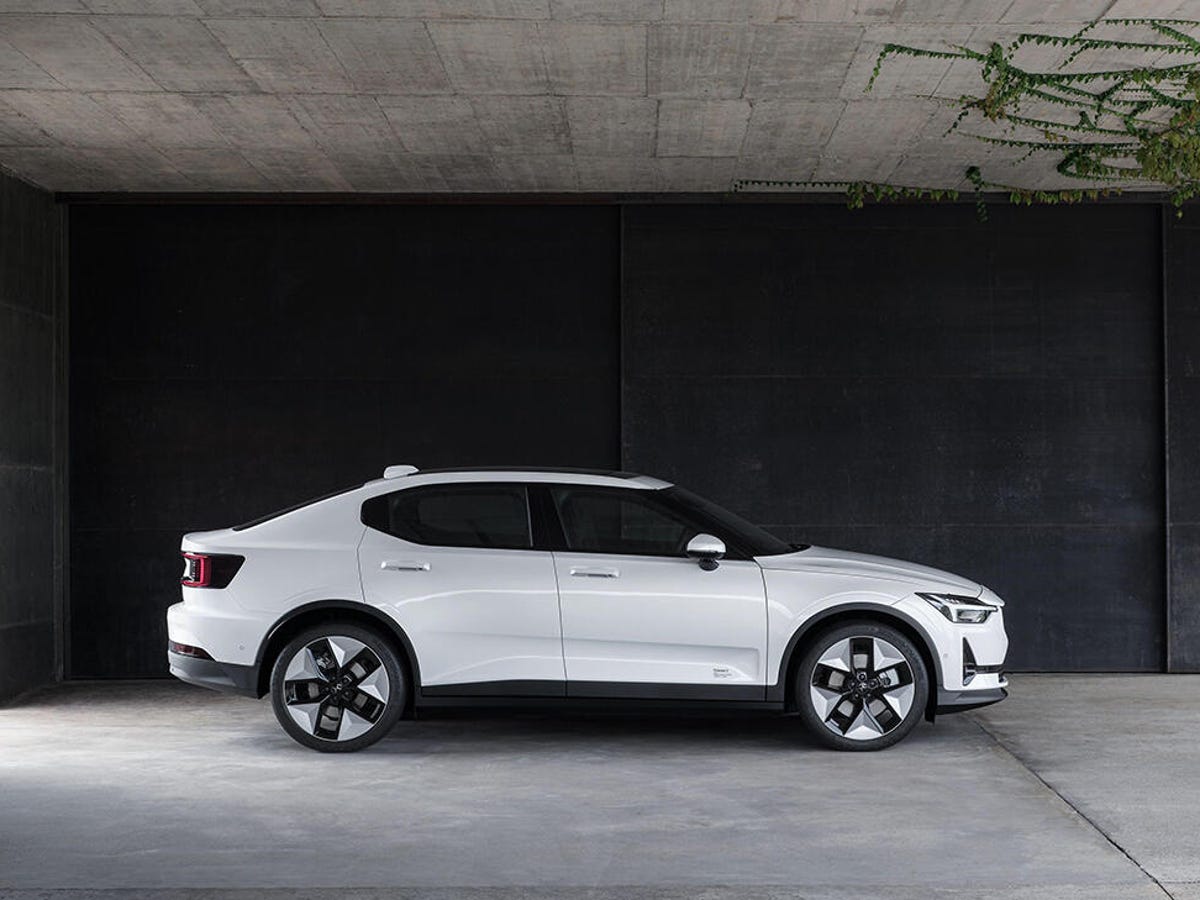Although several years passed without public attention, the energy crises of the seventies and
eighties led to renewed interest in electric cars.
The Green movement in the 90’s and at the beginning of the 21st century made driving an
environmentally-friendly car the political and fashion statement. Protection and conservation of
the world’s natural resources have value, and pollution is harming all of us. Environmentally
responsible consumers overwhelmed the market. The construction of infrastructure for charging
cars, increasing incentives for the purchase and encouraging the green concept in public life could
restore the electric cars their popularity of the 19th century.
At the time of launching their EV1 model on the market, GM did not adequately promote the car
so they were accused of pandering to the wishes of CARB (Californian Air Resources Board), but
only to still be allowed to sell all other environmentally inefficient cars, i.e. that they produced an
environmentally friendly car only because of the imposed legal provisions.
Consumers were not allowed to buy EV1 cars, but they could only rent them for a fixed period,
which means that all cars had to be returned to GM at the end of the lease term, without the
option of purchase. After public protests of a group of GM's EV1 drivers agitated because of the
impossibility of buying their cars, GM transported the entire fleet of electric cars to a remote
location and destroyed them! A group of activists recorded the whole action, and it is all
documented in the film “Who Killed the Electric Car?”.
Picture: 15th of March 2005, the last EV1 was destroyed
Source: Pictures from documentary film: "Who killed the electric car?"
Instead of encouraging consumers to buy EV1, GM decided to promote Hummer and convince
people that this is what they really want and need. They also lobbied for state tax benefits ranging
from $ 25,000 to a whopping $ 100,000 per car (or rather a mini-tank) which is the biggest “oil
consumer” and also the largest car on the road weighing 3 tons! (the maximum tax benefits in
2002 for an electric car amounted to $ 4,000, and for a car of 3 tons in 2003 $ 100,000!)
Almost all manufacturers withdrew their electric vehicles from the market. Toyota offered its last
RAV4-EVS on 22nd November 2002. However, they continued to support several hundreds of their
customers and users of Toyota RAV4-EV. EV1 can now only be seen in two museums where they
are exposed without engines.
One of the conclusions made in the documentary “Who Killed the Electric Car?” was that in the
same way as it was necessary to pass the law on wearing seatbelts, putting airbags in cars,
catalysts, etc., so the “clean cars” are too important for the “clean environment” to be left to the
automotive industry to decide on their fate.
The energy crisis of 2000 brought renewed interest in hybrid and electric cars. In response to the
lack of large manufacturers for the production of electric cars, a lot of small companies started to
design and advertise electric cars to the public. In 1994, REVA Electric Car Company was
established in Bangalore - India, as a joint venture of the Maini Group India and AEV of California.
In many countries REVA does not fulfil the conditions of a motor vehicle eligible to drive on
highways, and it is categorised in other classes, such as in the USA the so-called Neighbourhood
electric vehicles (NEV) and heavy quadricycles in Europe. Until March 2011, REVA sold more than
4,000 vehicles around the world and it is available in 26 countries.
Pike Research estimate that in 2011 there were almost 479 000 NEV vehicles in the world. The top
selling NEVs are Global Electric motorcars (GEM) vehicles, with more than 45,000 vehicles sold as
at December 2010. The production of the Th!nk City all-electric car, with a maximum speed of 110
km/h and a range of 160 km, was launched in 2008 by the Norwegian manufacturer Think Global,
but due to financial difficulties the production was terminated.
Over 1000 Th!nk vehicles were sold
in several European countries and the USA. In June 2011, the company declared bankruptcy and
the production was terminated. The new owner scheduled to restart the production in early 2012
with a slightly altered concept of Th!nk City.
Picture: Th!nk City
Source: http://en.wikipedia.org/wiki/Think_City
Californian manufacturer of electric cars, Tesla Motors, in 2004 started the development of the
Tesla Roadster model, which was first delivered to customers in 2008. Tesla Roadster is the first
electric car adapted for American highways and available in serial production in the USA. From
2008 to December 2011, more than 2,100 vehicles were sold in 31 countries. Tesla was also the
first to introduce lithium-ion batteries in its car production, and Roadster is the first car that has a
range greater than 320 km on a single charge and can reach the speed of over 200 km/h.


